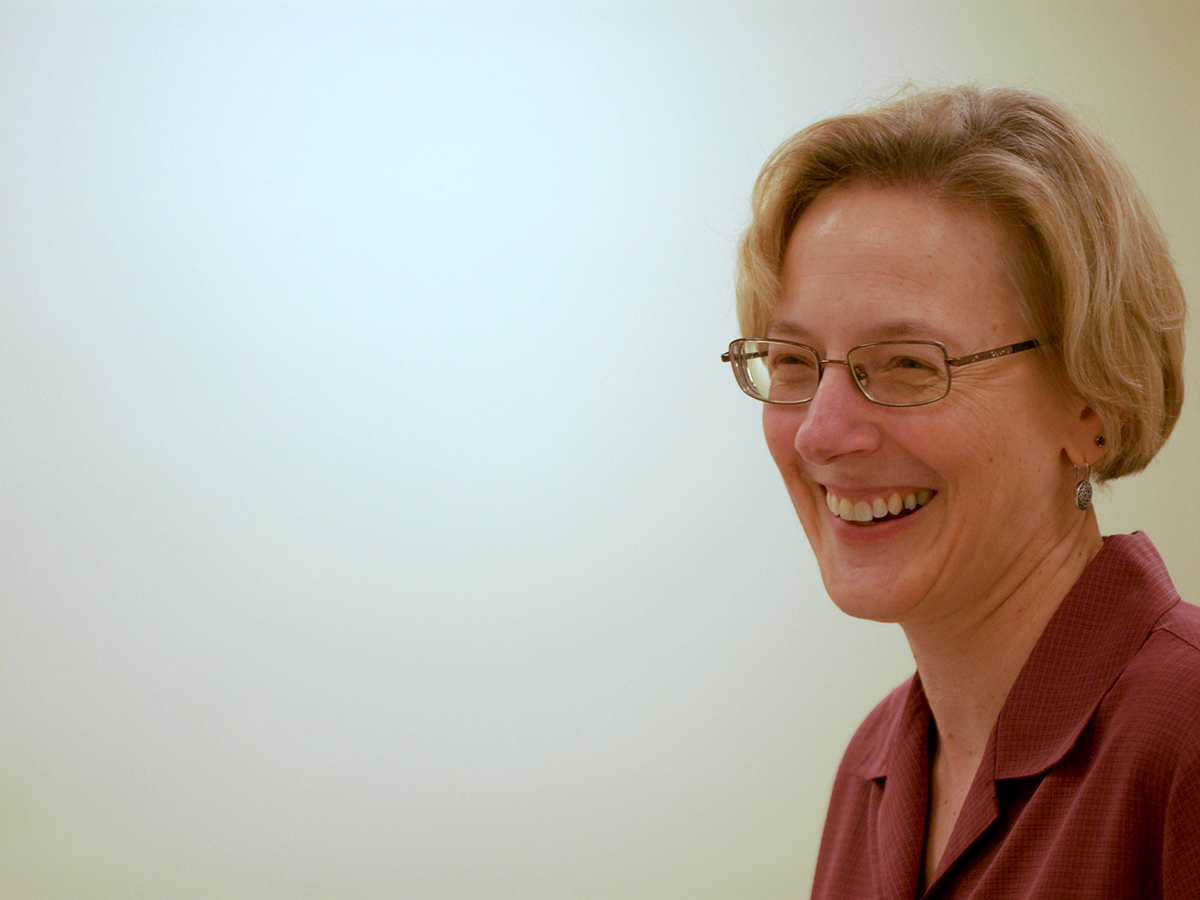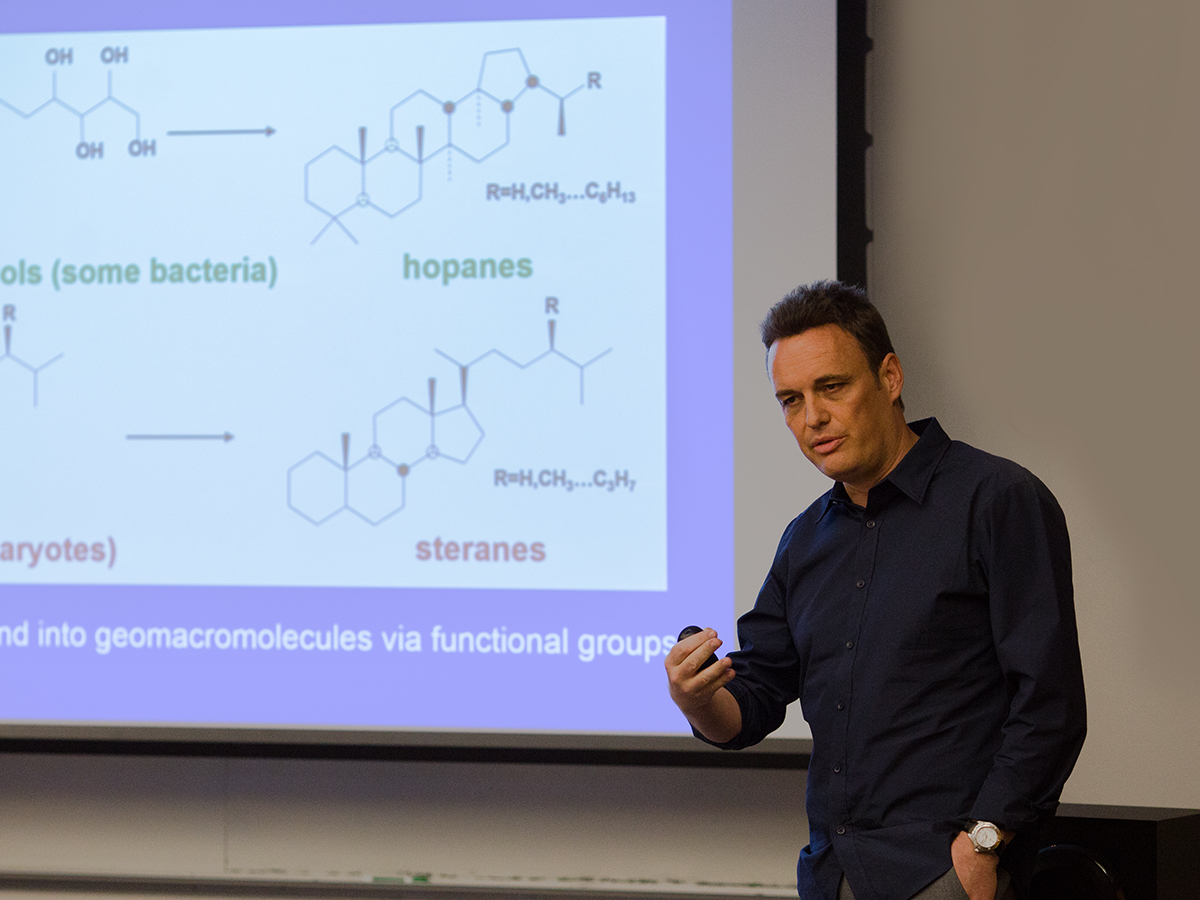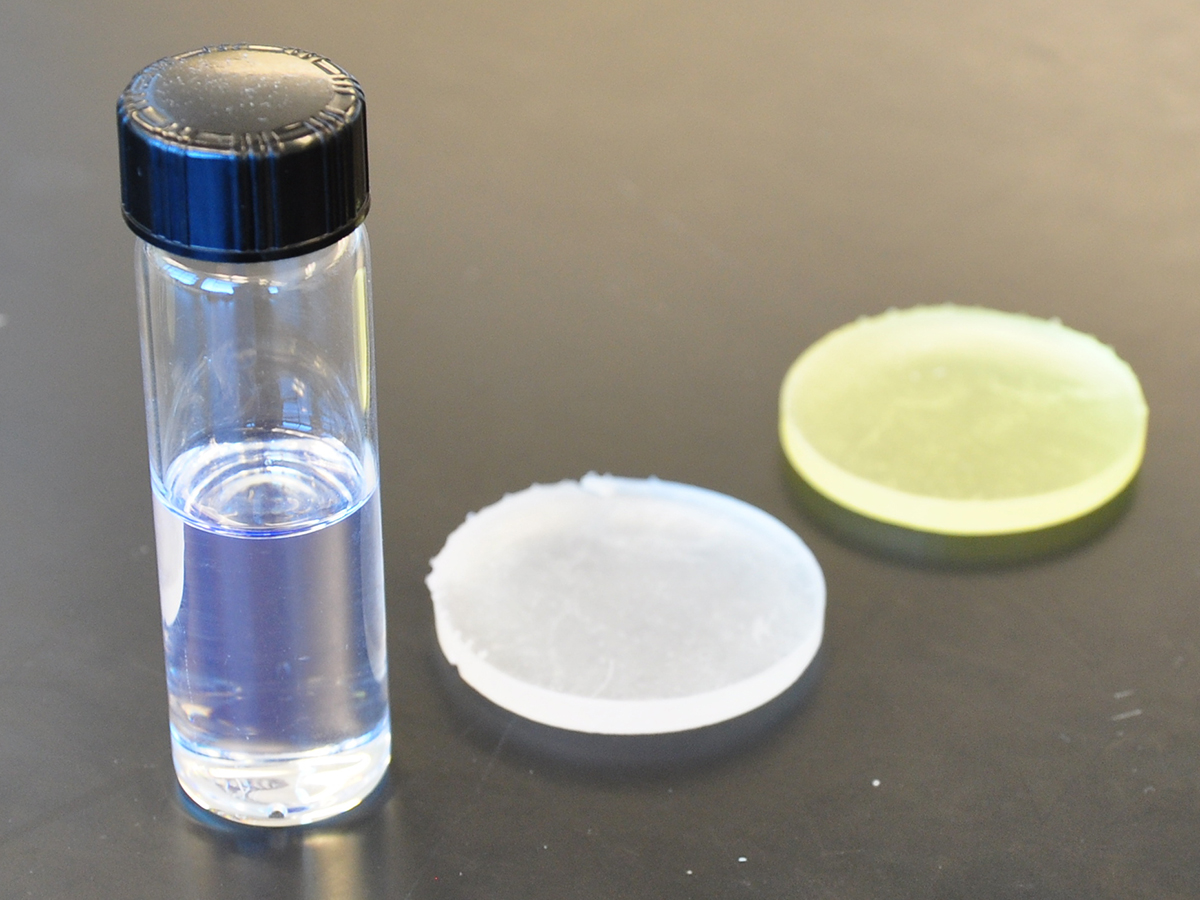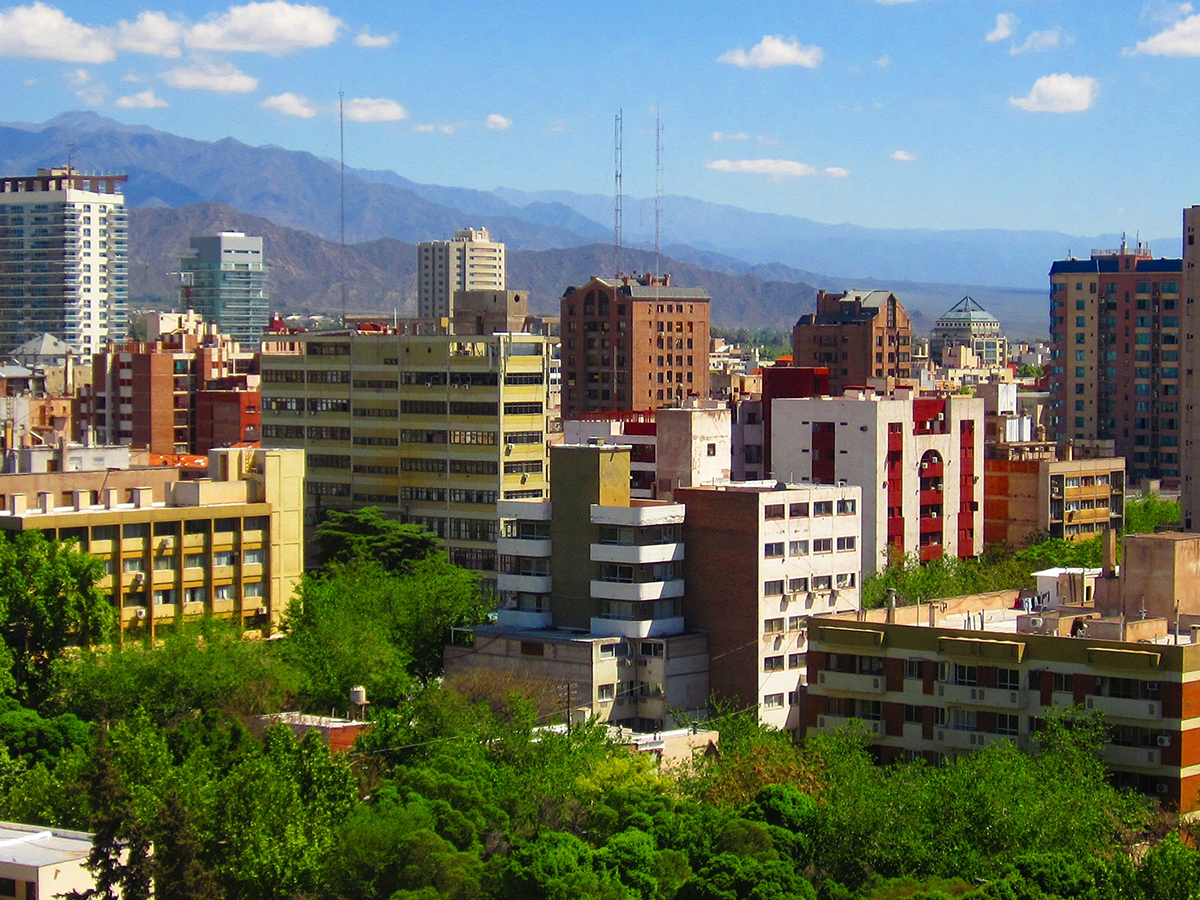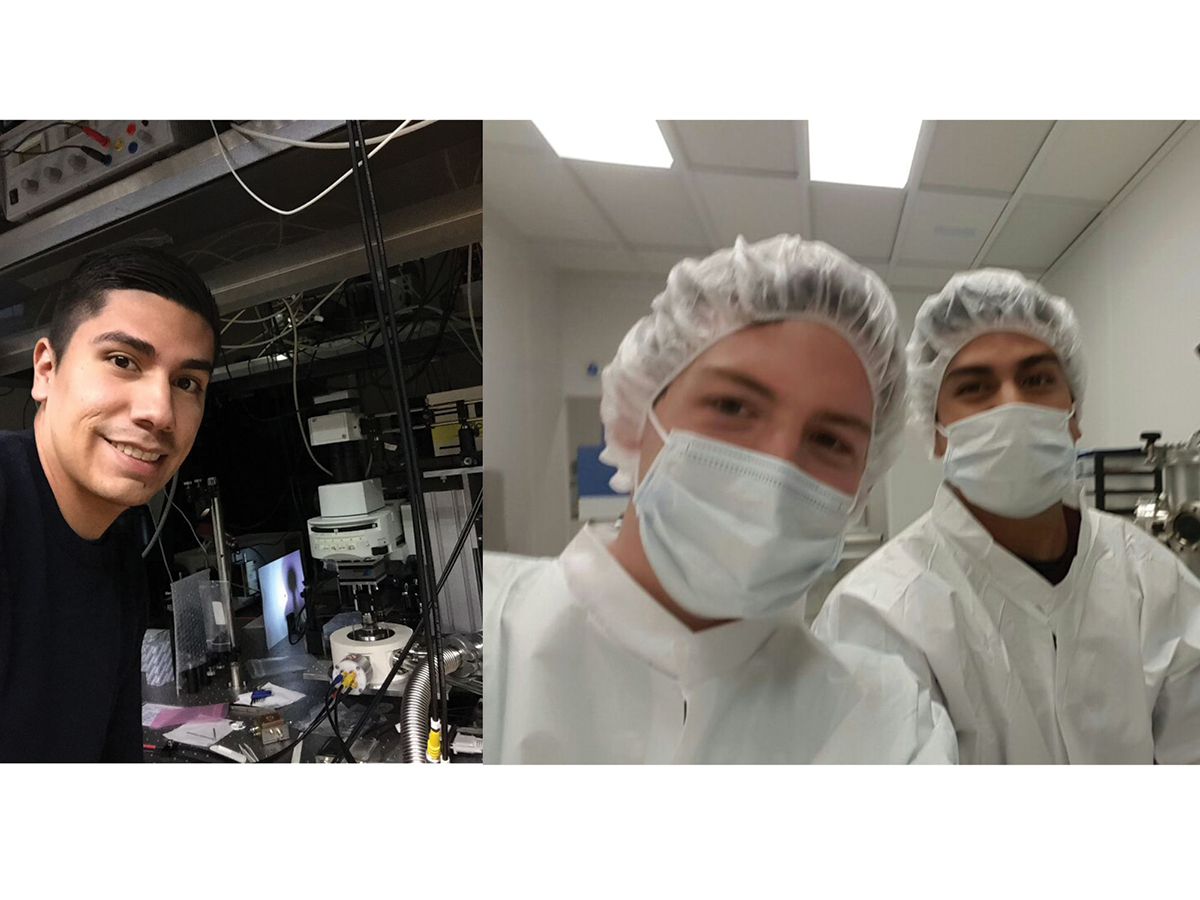UCR physics and astronomy researcher Miguel Aragon-Calvo has created a 3-D printed model of the cosmic web — a network of filaments of dark matter, believed by many astronomers to form the basis of the universe. By using this model, Aragon-Calvo hopes to understand galaxy formation, particularly how gas particles accumulate into galaxies through gravity in a method called...
Associate professor at UCR’s Graduate School of Education, Margaret Nash, co-authored with Jennifer Silverman, associate registrar at the University of La Verne, recently published an article in the journal History of Higher Education Quarterly entitled, “An Indelible Mark: Gay Purges in Higher Education in the 1940’s.” The paper documents purges of students and faculty who were presumed to be...
Federal research funding for UCR increased by $19 million for the fiscal year, Oct. 1, 2014 through Sept. 30, 2015 — totaling $97 million in research grants and setting a new a UCR record. While grants have increased for the campus, it falls behind other UC institutions such as UCLA which received approximately $1 billion in research grants last...
Cosmic Thursdays continued on November 12 with a lecture entitled “Evolution of Life: Tracking Using Ancient Lipid Biomarkers Preserved in Petroleum and Rocks.” The talk was given by Gordon Love, a professor in the department of earth sciences at UCR.
He opened his lecture by discussing lipid biomarkers and their importance in tracking the evolution of life. Lipid biomarkers are...
University of California, Riverside graduate student Shirin Oskui recently tested 3-D printing materials for toxicity as part of a National Science Foundation grant. Along with adviser William Grover — biological engineer and assistant professor at UCR — Oskui and accompanying students are the first in the world to assess these types of toxic products and their possible effects on...
A team of students from UCR’s Bourns College of Engineering recently won a $15,000 grant for a reusable storm drain filter that is more cost-efficient and less harmful to the environment than other models. The grant, awarded by the Environmental Protection Agency (EPA), is a phase one reward in the EPA’s People, Prosperity and the Planet (P3) competition.
The team...
In light of California’s long-standing drought, UCR professor of botany and plant sciences, Darrel Jenerette, is beginning an urban tree project to determine if cooling provided by urban trees saves water. Data has been gathered from over 1,300 trees in Southern California, with more than 300 people contributing since last August.
The research seeks to explore how trees and other...
Chemistry Professor Ludwig Bartels and his team of graduate students and researchers have been working with the students at University of Ausburg, Germany to invent a film that would improve the quality of optical telecommunication in electronic devices. Optical telecommunication — or optical communication — is essentially the exchange that occurs when light utilizes fiber optics instead of electrical...
On Friday, October 16, a Southern Californian regional air district committee met with the South Coast Air Quality Management District to discuss plans concerning nitrogen oxide emission reduction.
Both nitrous acid and nitric acid are categorized as nitrogen oxides (NOx), which are a group of highly reactive gases. When left unchecked, these gases can "irritate the lungs" and "lower resistance...
Solar panels contribute over 18 percent of renewable electrical energy sources that help power UCR according to statistics taken in 2010, and will grow to 30 percent by 2020. However, a recent study led by on-campus researchers discovered that environmentally harmful effects come with certain utility-scale installations.
Lead researcher and Junior Specialist Rebecca R. Hernandez revealed that such large-scale developments...






